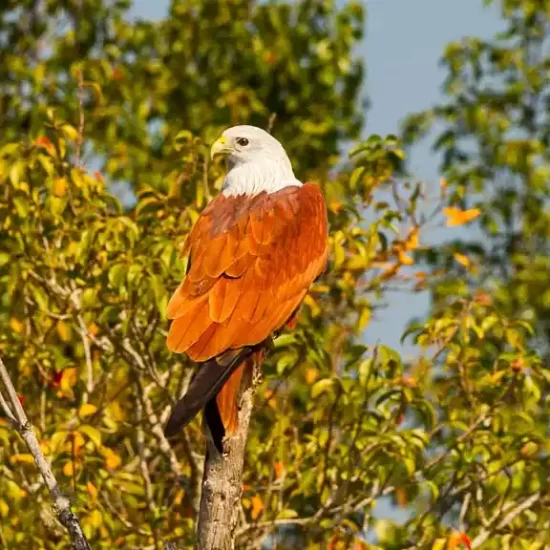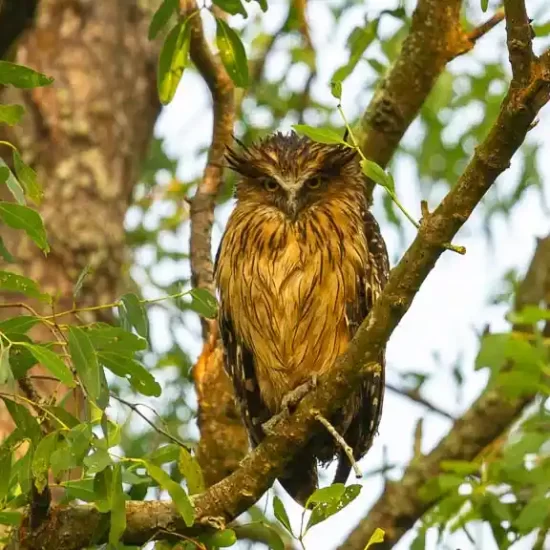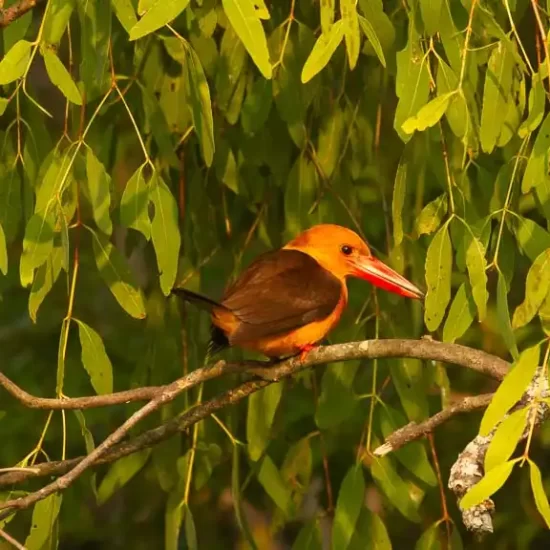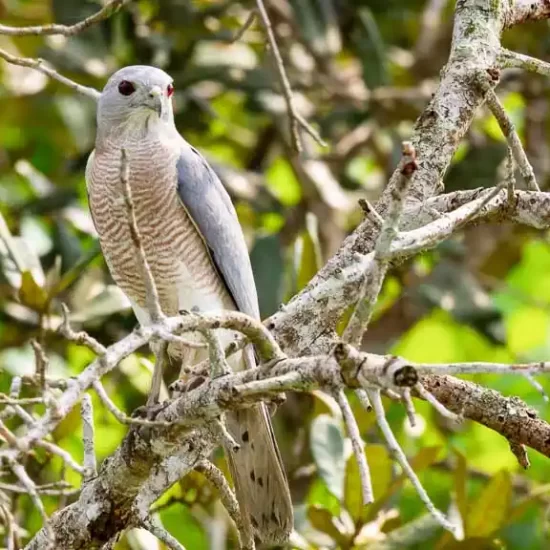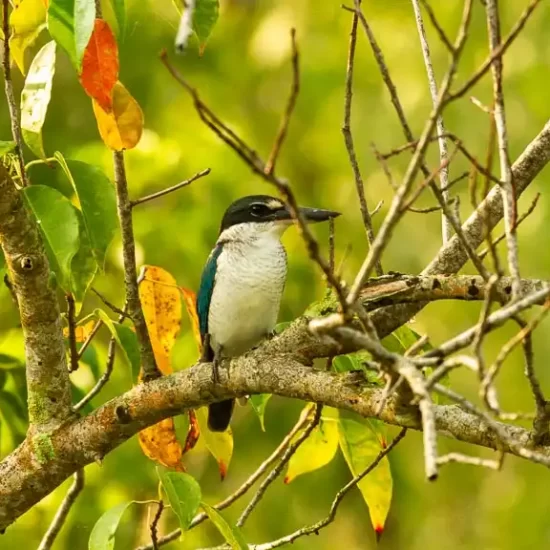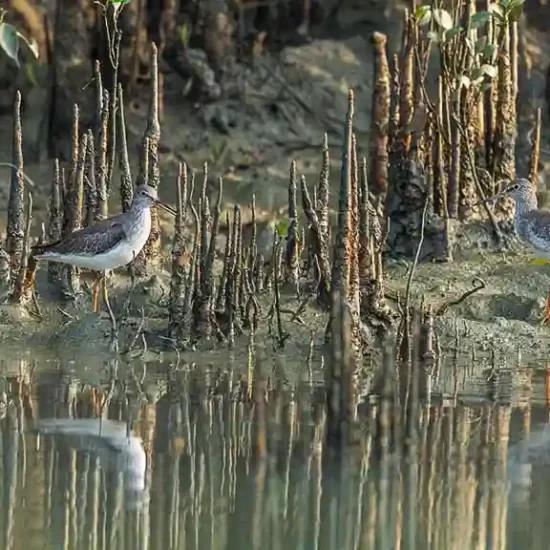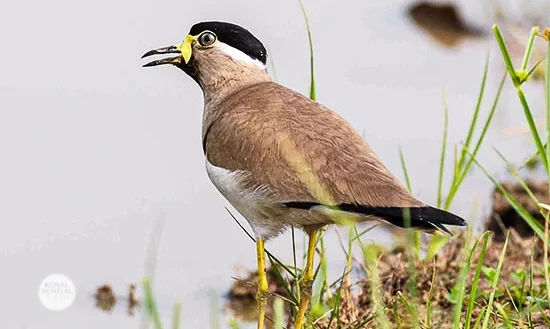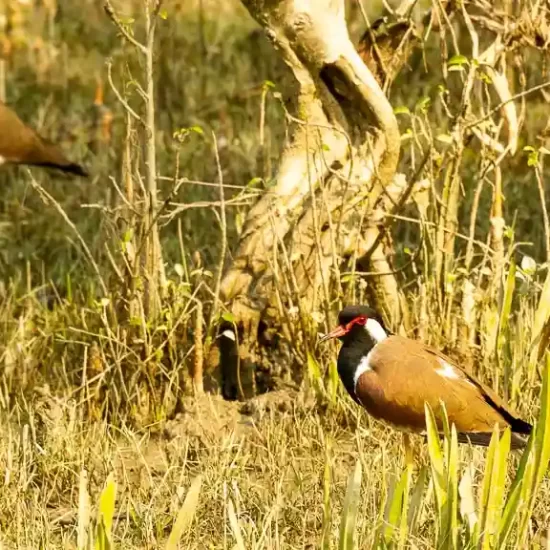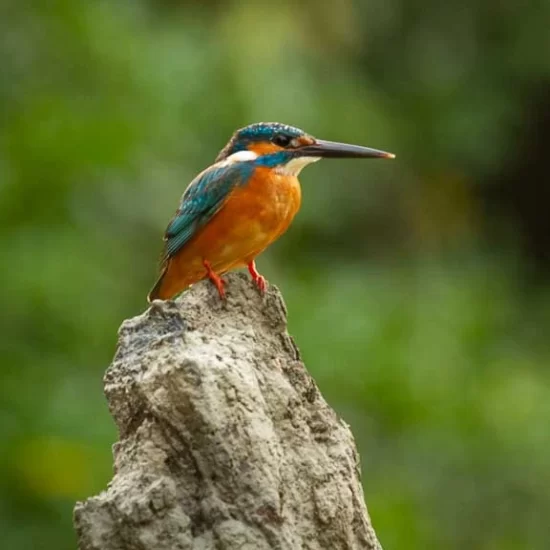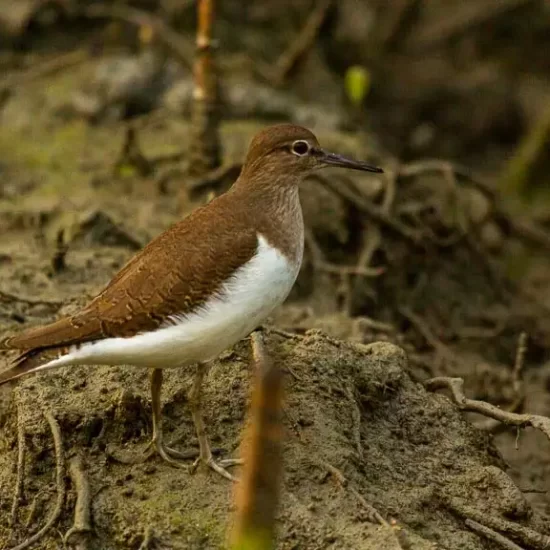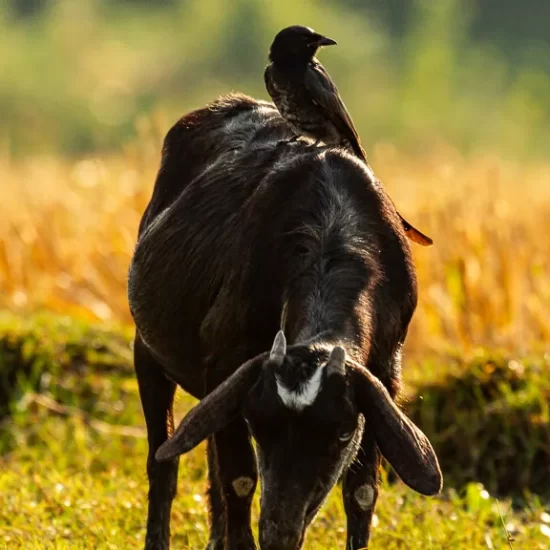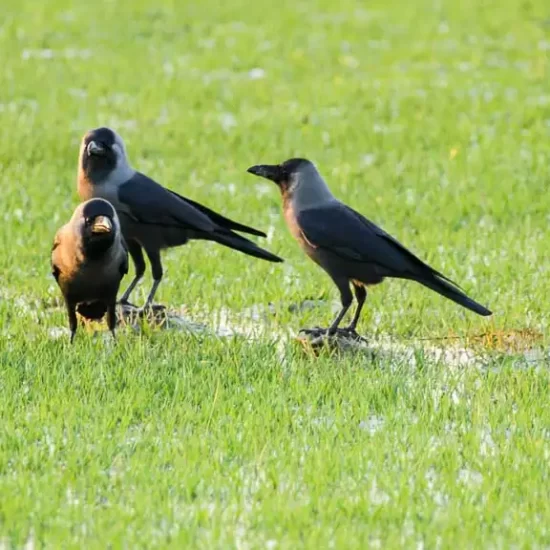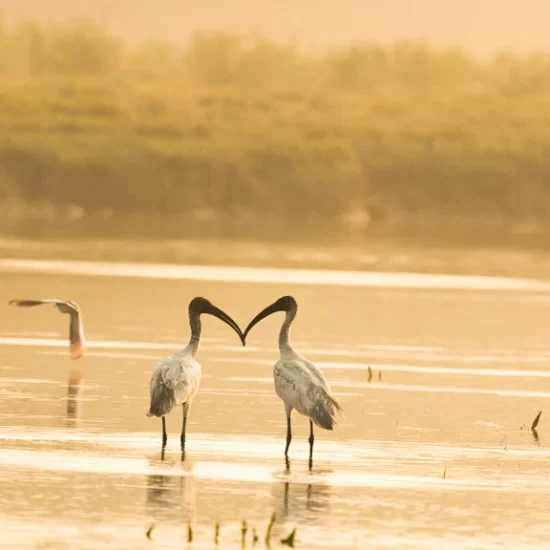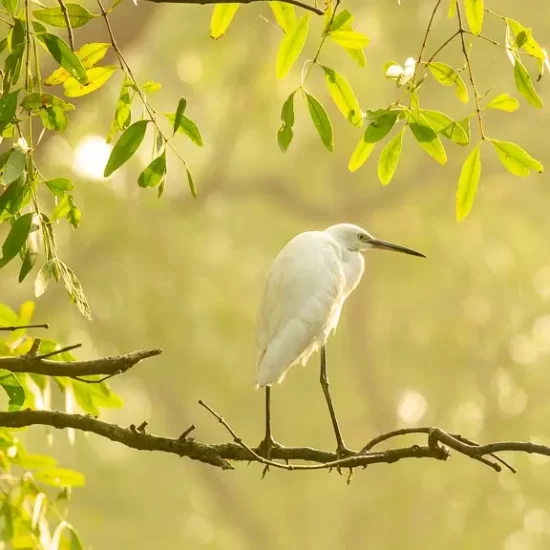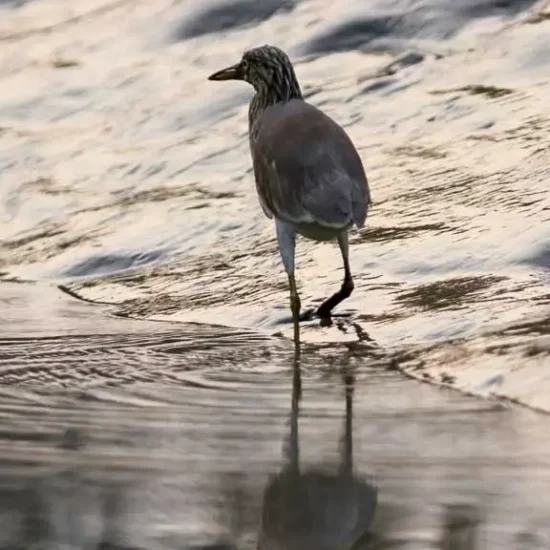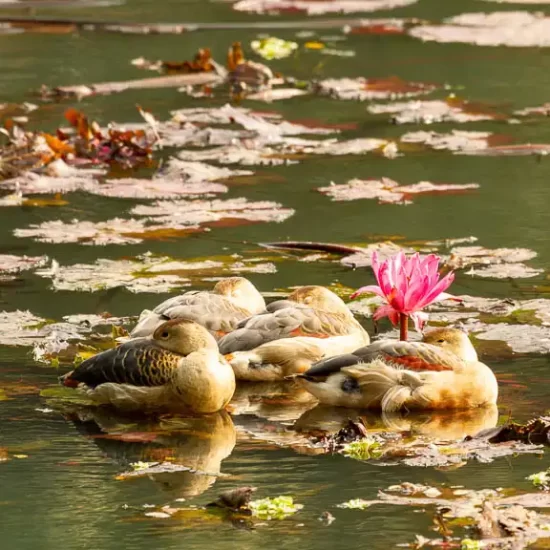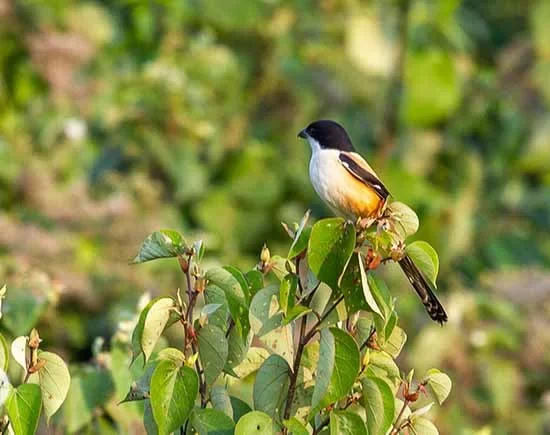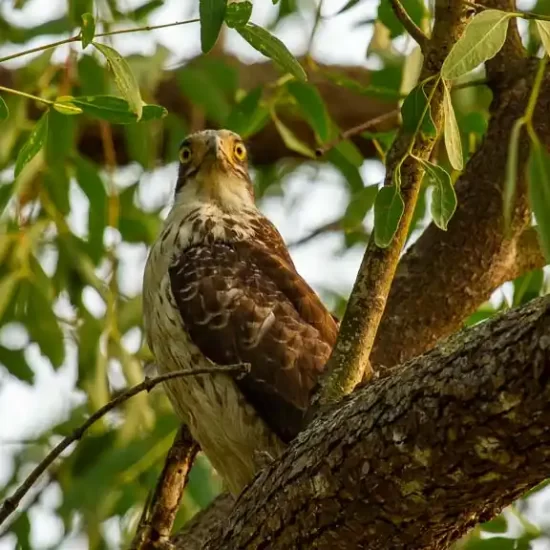Your cart is currently empty!
Birdwatching tour in Bangladesh
per person
The primary focus of this Birdwatching tour is on the critically endangered Masked Finfoor and Cachar Bulbul around some protected areas of Bangladesh, where a symphony of vibrant plumage and melodious chirps awaits. There are over 700 species of birds found in the country. This tour offers a unique experience for both amateur and professional birdwatchers, taking you through diverse ecosystems ranging from lush mangrove forests to serene wetlands. Begin your journey at the National Botanical Garden in Dhaka, where you’ll be amazed by the vibrant avian community. Continue to the renowned Lawachara Rainforest, Hail Haor wetlands, and Satchari National Park in Sreemangal, where the melodies of songbirds and sightings of species like Sunbirds and Hoolock Gibbons will enchant you.
Start your journey with a daylong visit to the National Park in Dhaka. you will be surprised by the huge avian community of this urban park. Continue explorations at the renowned Rain forests, protected area of Remakalenga, Satchari National Park and permanent wetlands around Sreemangal, where the cacophony of songbirds fills the air with an enchanting melody. Trek through verdant trails as you spot charismatic species like the resplendent Sunbirds and the elusive Hoolock Gibbons swinging amidst the canopies. Here, flocks of majestic waterfowls like the graceful Egrets and the striking Pheasant-tailed Jacanas thrive in the shallow waters, providing a mesmerizing sight against the backdrop of azure skies. Transitioning inland to the Baikka Beel Wetland Sanctuary, witness the Cachar Bulbul and dramatic dance of the Sarus Cranes, the world’s tallest flying birds, as they elegantly forage in the shallow marshes.
The rich mosaic of habitats continues to unfold as you journey to the tranquil Sundarbans, the world’s largest mangrove forest. Glide through meandering waterways, eyes peeled for the iconic Royal Bengal Tiger, endangered Masked Finfoot and the vibrant Mangrove Pitta, whose colorful plumage stands out like a jewel amidst the emerald foliage.
Bangladesh’s distinct seasons provide an ever-changing canvas for birdwatchers. In the winter, migratory visitors like the graceful Sandpipers and the charismatic Grey-headed Lapwings grace the shores of serene lakes. As spring emerges, the wetlands come alive with the calls of the Asian Koel and the resounding drumming of the Great Slaty Woodpecker.
Prepare for the avian marvels of Bangladesh, where every turn unveils a new chapter in the captivating saga of its feathered residents. Transition seamlessly from one habitat to another, and let the vivid tales of nature’s wonders leave an indelible mark on your heart and memory.
For a detailed itinerary and to customize your tour, please contact us. We look forward to making your birdwatching trip unforgettable!
Day 1: Arrive at Dhaka airport, meet and greet your guide and driver, and have a lovely city orientation. A short meeting about the tour plan with the team and followed by a lovely dinner. Overnight stay at a hotel in Dhaka.
Day 2: Acclimatization and birding around Dhaka in the morning. Visit the Laung of Dhaka, which hosts 65 species of birds belonging to 11 orders, 28 families, and 53 genera. 56 spp. resident and 9 spp. migratory in nature. After an early lunch drive to Sreemangal for an overnight stay at a hotel or community space.
Day 3: Warm welcome by the migratory bird community of a permanent wetland and bird sanctuary. Afternoon for hill birds around the gardens of little hills. Overnight stay at the same hotel/community lodge in Sreemangal.
Day 4: largest rainforest trek in the morning and birds of the tea estates in the afternoon. Overnight stay at the same hotel/community lodge in Sreemangal.
Day 5: Early in the morning, a second approach to the rainforest for different species. Mid-day drive to a village next to the reserved forest for homestay with a local family. There are no hotels or other accommodation facilities in this area. Deep dive into the forest to a bathing pool that often hosts Cachar Bulbul, as well as a variety of other bulbuls and flycatchers.
Day 6: a few hours at a forest known as bird’s paradise and driving towards Dhaka in the afternoon to catch a domestic flight to Jessore, followed by a 2-hour drive to the edge of the Sundarbans, where we board our private houseboat, our home for five nights.
Day 7-10: Welcome to the paradise of birds in Sundarbans mangrove forest. We intend to say hello to Masked Finfoot, Mangrove Pitta, larger Kingfishers, Owls, Eagles, and so many more on this special trail. All meals and nights on board.
Day 11: Sundarban to Dhaka; Pied Kingfisher village and otter fishing before we avail a late afternoon flight from Jeshore to Dhaka. Overnight stay at a hotel in Dhaka. And you will be transferred to the airport to avail of your flight back home.
- Tour Price
-
$
0
starts from
- Please contact us for your private or group tour.
• Trip as per itinerary
• All sightseeing and transfers by reserved AC vehicle
• All accommodation in the hotel and boat according to the itinerary
• 5 nights and 4 days Sundarban trip by private boat
• Complimentary breakfast at the hotel and all meals on the boat inside of the sundarban forest
• All entrance fees and local permits as per itinerary
• All local transports (boat, rickshaw or any other)
• Knowledgeable English-speaking nature guide all the way.
Personal expenses, meal (except Sundarban) gratuities, late checkout, and any activity not specifically mentioned in the itinerary.
-
Destination




